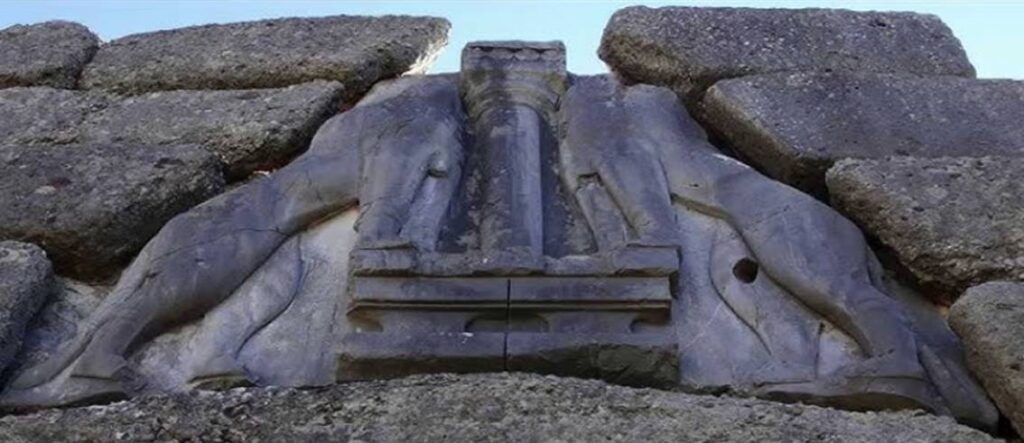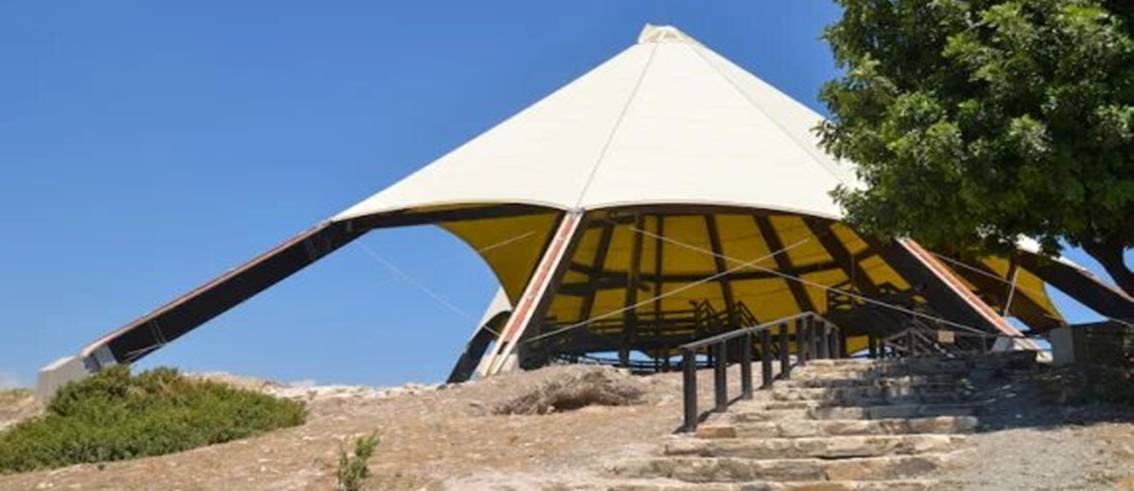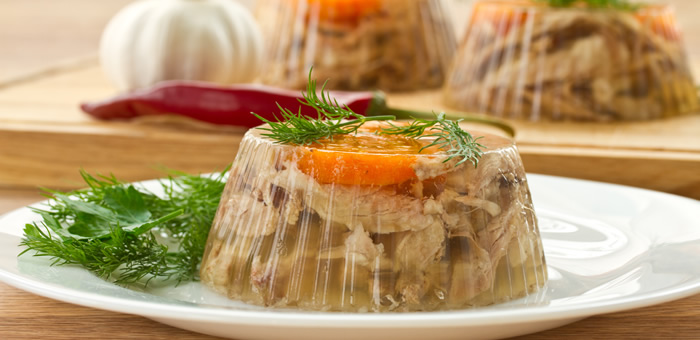The Archaeological Site of Tenta
The ancient settlement of Tenta in Kalavasos, located in southern-central Cyprus, is a key archaeological site. It offers valuable insights into the early Neolithic period on the island. Dating back to around 7000 BCE, Tenta is one of the earliest known settlements in Cyprus. It plays a crucial role in understanding the island’s human history.
Geographic and Environmental Context
Tenta sits near the modern village of Kalavasos, on a small hill overlooking the Vasilikos River. The location provided access to water, fertile land, and natural resources. The surrounding landscape was rich in flora and fauna, offering opportunities for farming, hunting, and gathering. The river also helped with transportation and communication with nearby communities.
Archaeological Discoveries
Archaeologists first excavated Tenta in the 1940s. British archaeologist Porphyrios Dikaios led the initial work, and later, the Department of Antiquities of Cyprus continued the excavations. These efforts uncovered much about the settlement’s structure, economy, and culture.
Circular Dwellings
The most striking feature of Tenta is its well-preserved circular dwellings. These structures, typical of the Neolithic period in Cyprus, used mudbrick and stone for construction. The inhabitants often plastered and painted the walls with geometric designs.

Settlement Layout
The settlement appears to have been organized around a central area, possibly used for communal activities. The houses were closely packed, suggesting a tightly-knit community.
Tools and Artifacts
Archaeologists found various tools, pottery, and figurines at the site. The tools, made from flint and obsidian, show the inhabitants were skilled in craftsmanship. They likely engaged in farming, hunting, and food processing.
Cultural Significance
Tenta holds great cultural importance as it sheds light on early human settlement in Cyprus. The circular dwellings reflect a broader Neolithic tradition in the eastern Mediterranean. This architectural style indicates a sedentary lifestyle, with inhabitants investing in durable homes.
Female Figurines
One of the most remarkable finds at Tenta is a series of female figurines. Scholars often interpret these as representations of fertility goddesses. The figurines suggest the community may have practiced rituals or worship cantered on fertility and nature’s cycles.

Economic and Social Organization
The economy of Tenta likely relied on agriculture, animal husbandry, and trade. The fertile land supported the cultivation of cereals, legumes, and possibly fruit trees. Remains of domesticated animals, such as sheep and goats, indicate livestock farming was also important. The community likely traded with neighbouring settlements, exchanging goods like obsidian for other commodities.
Social Structure
The layout of the settlement and the artifacts suggest a communal lifestyle. The close proximity of the dwellings points to strong social bonds. Communal spaces indicate gatherings or ceremonies may have reinforced collective identity.
Preservation and Legacy
Today, a modern shelter protects the site of Tenta. This shelter preserves the archaeological remains and allows visitors to appreciate the site’s historical significance. Tenta is a vital part of Cyprus’s cultural heritage, offering a glimpse into the island’s prehistoric past.
Conclusion
The ancient settlement of Tenta in Kalavasos is a key archaeological site. Its well-preserved structures, artifacts, and evidence of social and economic organization help us understand early human societies in the eastern Mediterranean. Tenta provides a valuable window into Cyprus’s Neolithic period.




